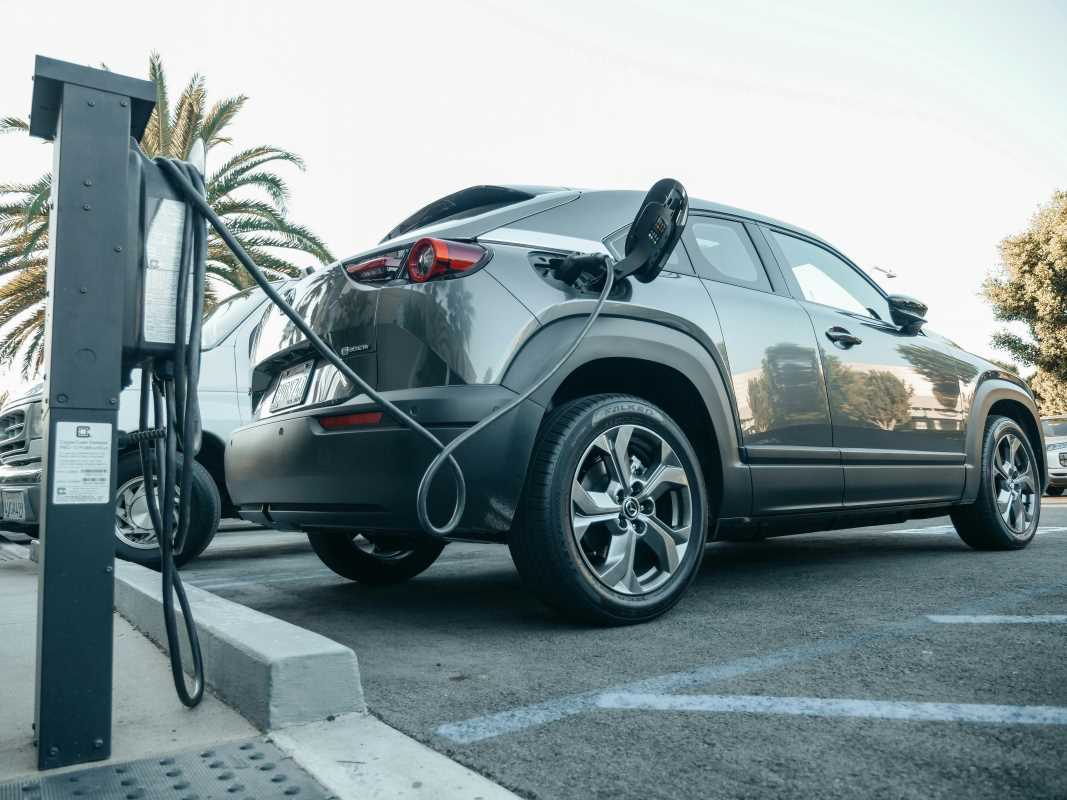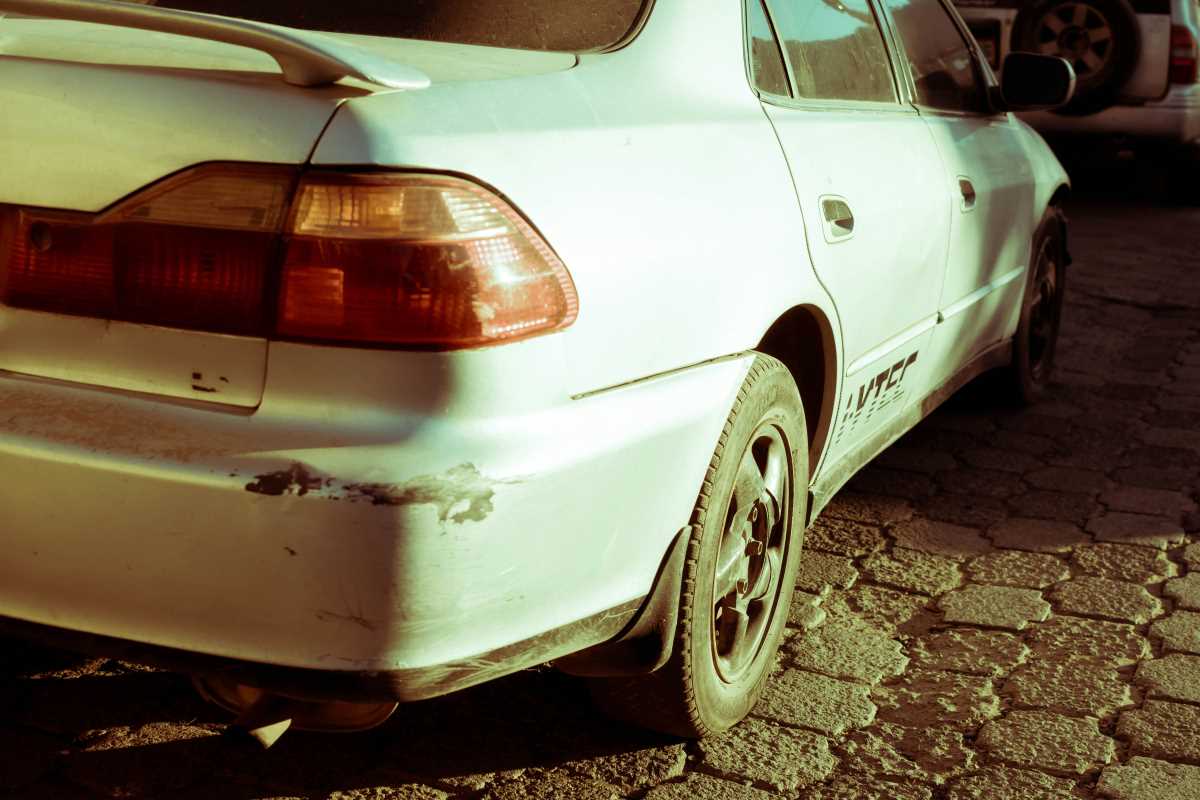Selling or gifting your car can be an exciting milestone, but it comes with its fair share of responsibilities. Transferring ownership isn’t just about handing over the keys and waving goodbye as your beloved ride disappears into the sunset.
There’s paperwork to complete, legalities to satisfy, and some essential steps to ensure the transaction is smooth and safe for both parties. Whether you’re selling to a stranger or passing the car down to a family member, transferring ownership the right way is the key to avoiding complications later. Buckle up, and we’ll walk you through how to do it.
Gathering the Necessary Documents
Transferring car ownership starts with collecting the right paperwork. If you’re envisioning a simple handshake to seal the deal, I'm afraid it’s a little more intricate than that. Your first step is rounding up all the documents required for a legitimate transfer. This might sound like a hassle, but trust me, having everything in order saves you from headaches down the road.
Typically, you’ll need the car’s title, often called the “pink slip.” This document serves as proof that you own the vehicle and have the right to sell it. If you still owe money on the car loan, you’ll need help from your lender to release the lien. Additionally, you might need a current registration, a valid bill of sale, and sometimes a smog or emissions certificate, depending on your state.
Before you slap that “For Sale” sign on the windshield, double-check your state’s requirements. Each location has its own process, and skipping paperwork could void the transfer entirely.
Essential Steps in the Transaction
Now you’re ready to roll into the actual transfer process. There’s more to it than scribbling your name and handing over a pen. Both you and the buyer need to fulfill a few vital tasks to keep things legal and aboveboard. Here’s an overview:
- Signing the title: On the title itself, fill in the appropriate sections for transferring ownership. This usually includes your signature, the buyer’s information, and the odometer reading at the time of sale. Be precise and avoid crossing out anything, as errors can void the document.
- Providing a bill of sale: While not every state requires this, a bill of sale acts as another layer of protection. It lists the sale price, vehicle description, date, and both parties’ signatures. You can even go the extra mile and have it notarized.
- Completing a release of liability: Without this step, you could be financially responsible for future parking tickets or accidents involving the car. The release officially informs the DMV that you’re no longer the owner.
- Filing paperwork with the DMV: Some states require you or the buyer to visit the DMV in person to finalize the transfer. Others allow you to complete everything online or via mail. Knowing your state’s rules is half the battle.
It might sound like a long list, but each step is designed to protect both seller and buyer from issues later. Plus, crossing items off feels oddly satisfying, doesn’t it?
Staying Safe During the Exchange
Selling your car often requires some interaction with strangers, and like any transaction involving valuable items, there’s an element of risk. Staying cautious and mindful during the process can keep you and your assets safe.
One easy tip? Always meet in a public place, ideally during daylight hours. Parking lots near banks or police departments are solid options. Reduce risk further by avoiding in-home meetings and bringing a friend along if possible.
When it comes to payment, insist on secure methods like a cashier’s check, bank transfer, or cash. Double-check the funds before handing over the keys. Digital payment apps? Use them with caution unless you trust the buyer fully. Avoid personal checks altogether. Nothing ruins a good day faster than finding out your new “buyer” is a con artist.
Finally, remember to remove all personal belongings from the car beforehand. Yes, that tape deck adapter might be nostalgic, but you don’t want to leave it behind alongside more critical items, like registration documents or spare keys.
Special Considerations for Gifting or Donating
Not all transfers are about making money. Sometimes you’re passing down your car to a loved one or donating it to a charitable organization. Either way, the process is slightly different but just as important to get right.
When gifting a car, it’s essential to specify that the transfer is a gift on any related forms. Skipping this detail can inadvertently trigger sales tax for the recipient, which isn’t the kind of surprise anyone wants. Many states waive taxes on gifted vehicles if it’s between family members, but you’ll need to provide proof of the relationship.
Donating a car to charity? Beyond feeling warm and fuzzy about your good deed, remember to get the appropriate documentation for tax purposes. The organization should provide a receipt confirming the donation’s value. Always verify the charity’s legitimacy before handing over the vehicle. Scams in this area, unfortunately, aren’t unheard of.
Double-Checking Before the Final Handshake
Before you breathe a sigh of relief and watch your car drive off with its new owner, take a moment to double-check everything. Did you complete every section of the title? Did you file the release of liability? Sometimes, in the rush to finish, things get overlooked, which can lead to frustrating follow-ups later.
Here’s another often-overlooked step for sellers with personalized plates. If you love those quirky plates you’ve had for years, most states allow you to transfer or keep them. Inform the DMV if you don’t want the plates to transfer along with the car.
Also, if you’re selling privately, verify that the buyer has secured car insurance before they hit the road. While it’s technically their responsibility, it’s worth mentioning since uninsured vehicles can lead to delays in state registration.
Wrapping Up the Paper Trail
Transferring car ownership safely involves creating a thorough paper trail. It not only satisfies legal requirements but can be invaluable if any disputes arise later. Copies of the bill of sale, title transfer, and release of liability can help prove the sale was completed legitimately.
It’s also a good habit to hold on to digital or print records for at least a few years. While you might not need to reference them, it never hurts to stay prepared.
The Satisfaction of a Smooth Transfer
By following these steps, you’re not just doing the bare minimum; you’re ensuring a safe, positive transaction for everyone involved. Whether you’re selling, gifting, or donating your car, transferring ownership successfully offers peace of mind. Knowing everything was done correctly spares you from unwanted surprises later, because who wants to hear about parking tickets from a car they no longer own?
Transferring car ownership might not be the most glamorous milestone, but once it’s done, you can focus on enjoying what comes next.







